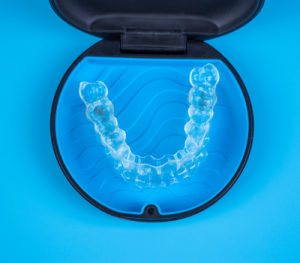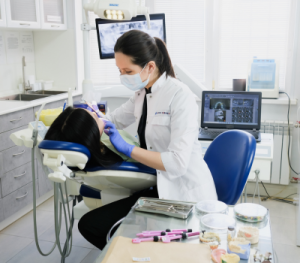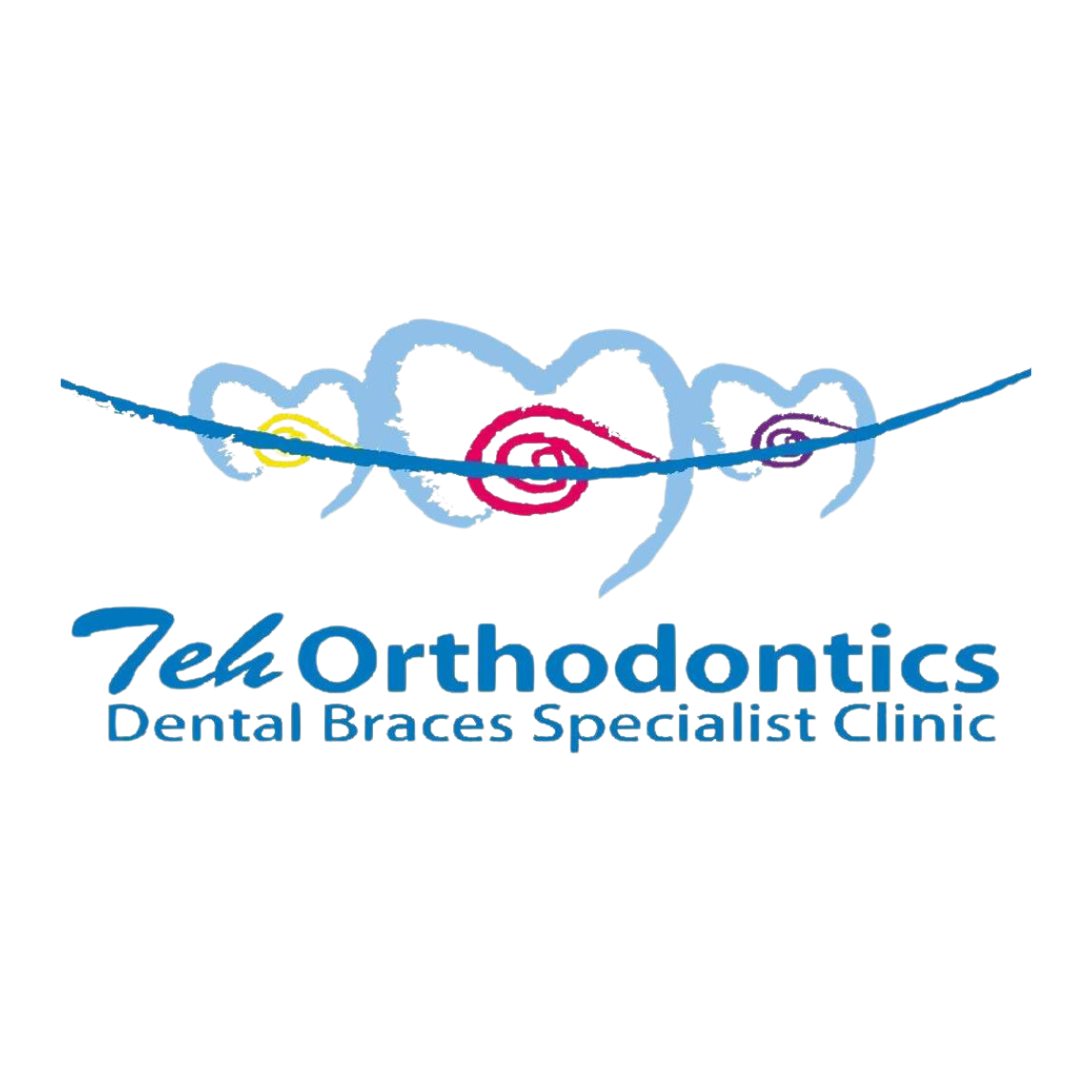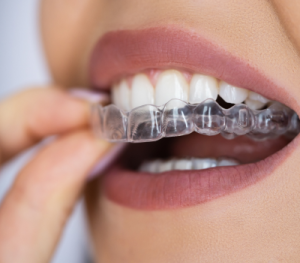Orthodontic techniques have revolutionized over the last century. We’ve transitioned from individually banded metal teeth to bonded brackets and even clear aligners. While the fundamental principle—applying force to move teeth—remains constant, our understanding of tooth movement and the efficacy of various methods has dramatically improved through rigorous, evidence-based research. Orthodontic innovation, particularly the rise of clear aligners, underscores a fundamental truth: progress in one field hinges on advancements in others. In this case, the revolution in digital technology, specifically 3D modelling and artificial intelligence (A.I.), has paved the way for this transformative leap in orthodontic care.
While I’ve previously outlined the limitations of clear aligners, their potential is undeniable. Could they be the future of orthodontics, ultimately surpassing traditional braces? The advancements in this technology are certainly promising.
Imagine an orthodontic experience free from the discomfort of traditional impressions. Clear aligners deliver just that, powered by digital precision. Instead of gooey molds, a state-of-the-art intraoral 3D scanner swiftly captures your dental records. The magic of watching your teeth materialize as a 3D model is captivating. But the real game-changer? The ability to see your projected results before you even begin. Your digital treatment plan offers a clear picture of your future smile and a realistic timeline, empowering you to embark on your journey with confidence.
Clear aligners offer a significantly more discreet orthodontic experience compared to traditional braces. Their near-invisibility makes them a popular choice, allowing users to straighten their teeth without drawing unwanted attention. The gradual shifting of teeth with each new set of aligners ensures a subtle, yet effective, transformation.

Beyond aesthetics, clear aligners offer unparalleled comfort. Say goodbye to the sharp edges and poking wires of traditional braces that lead to painful ulcers. And with no brackets or wires to break, you’ll enjoy fewer unexpected trips to the orthodontist, giving you more freedom and peace of mind.
Maintaining excellent oral hygiene is remarkably simple with clear aligners. Unlike traditional braces, you can brush and floss normally, without navigating around wires and brackets. Say goodbye to trapped food particles and hello to the freedom of enjoying your favorite foods, like fried chicken and nuts, with minimal dietary restrictions. Just remember to brush thoroughly after meals before reinserting your aligners, and your smile will stay sparkling.

Clear aligners offer a streamlined treatment experience, often requiring fewer in-office appointments. When aligners fit as intended, patients can progress through their treatment with minimal intervention. While the digital planning process significantly reduces the potential for clinical errors, a skilled clinician remains essential for addressing any unforeseen challenges. The success of clear aligner therapy hinges on a precise digital setup, emphasizing the crucial role of the orthodontist’s expertise. They must possess a deep understanding of tooth movement principles and the specific capabilities and limitations of aligner technology to craft an optimal treatment strategy.

The promise of clear aligner treatment is being realized through the powerful synergy of A.I., cutting-edge materials, and data-driven insights. With the increasing adoption of clear aligners, a surge in research has deepened our understanding of aligner force systems. This knowledge is translated into highly predictable tooth movement, thanks to AI’s ability to precisely map required 3D movements. A.I. then recommends, or even automates, the application of tailored force systems, whether through attachment design or nuanced force staging. This precision, fuelled by a growing pool of data, significantly elevates the predictability and efficacy of clear aligner therapy, ushering in a new era of orthodontic excellence.
We’ve explored the advantages of clear aligners from both patient and clinician viewpoints, as well as their technical merits. However, it’s crucial to remember that orthodontic treatment, especially with a dynamic technology like clear aligners, requires personalized assessment and ongoing monitoring. Every smile is unique, and the field is constantly evolving.
To determine if clear aligners are right for you, and to embark on your journey to a confident smile, schedule a consultation with your orthodontist today.


